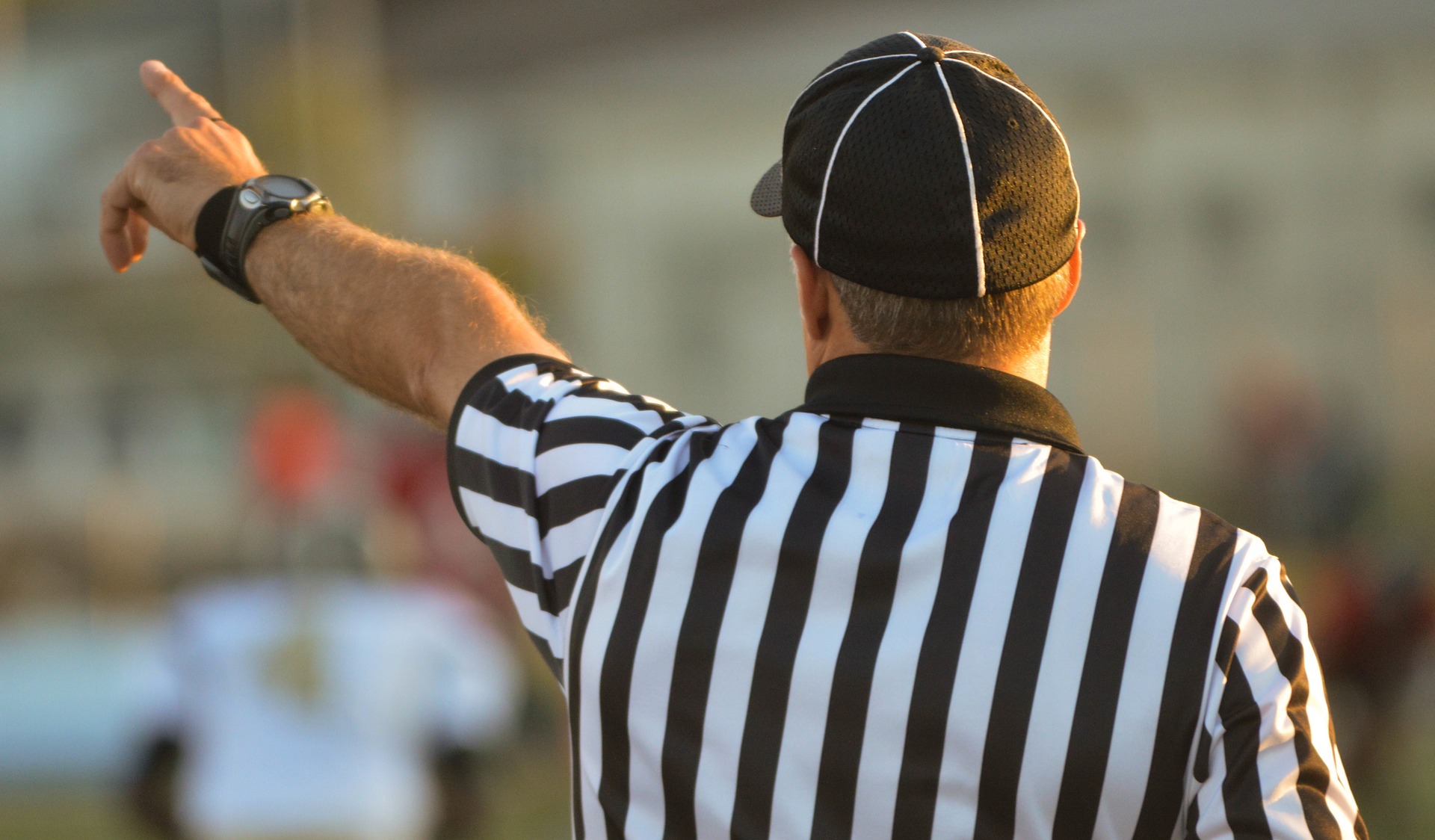Public apologies can be powerful, especially when they come from the top. Even in our crisis-of-the-day era, there’s something arresting about a chief executive admitting he was wrong, or a company making amends to customers.
As a self-appointed “apology PR” analyst, I’m fascinated by the communications strategy, language choices, and delivery of a corporate mea culpa. And all apologies are not created equal. Many are a non-apology, the “We’re sorry if anyone was offended” type of statement that can do more reputation harm than good.
Even more often, the expression of regret comes far too late. Or it’s crafted by lawyers instead of communications pros.
But the now-famous Netflix apology is the first in my memory where the mea culpa caused a far bigger problem than the problem itself. The statement, which was also communicated in a video by CEO Reed Hastings, starts out okay. Hastings acknowledges customer ire and admits to a certain “arrogance” on the company’s part when it announced a price increase in July.
But instead of letting the apology for “poor communication” stand and resolving to do better, or, better yet, offering a make-good for customers, the statement turns into an explanation of its decision to split into two companies and rebrand the DVD business.
It’s an account better suited to a corporate press release or earnings call, not a customer communication. And they had to know that the split into two companies would annoy loyal customers. If they didn’t know, that’s even worse. Maybe that’s where the arrogance comes in.
It’s likely Hastings thought he was making the case for the greater value that its customers would reap over the long term, but he made the classic mistake of focusing on its business issues rather than the customer benefit.
Netflix would have done better to take its lumps after the price increase announcement, which, after all, caused its stock to rise sharply. Then, it should have quietly worked on improving the service, and the selection, around the streaming product, and let its customers discover the value. No apology necessary.
Although its competitors have seized the opening (stay tuned for Blockbuster’s ‘September Surprise’), the Netflix brouhaha will probably die down. Yet, it’s a good reminder of a fundamental principle of apology PR: know your audience. Customers want benefits, not business strategy. If you ignore the “what’s in it for me?” factor, you’re denying your love for the customer. And that means having to say you’re sorry…in more than just words.




